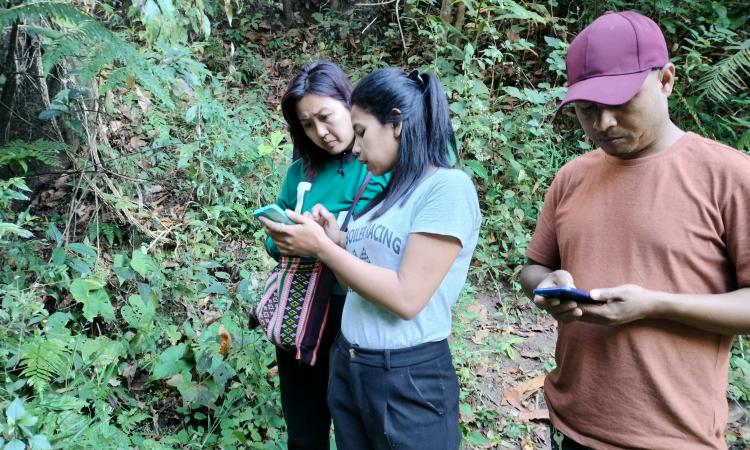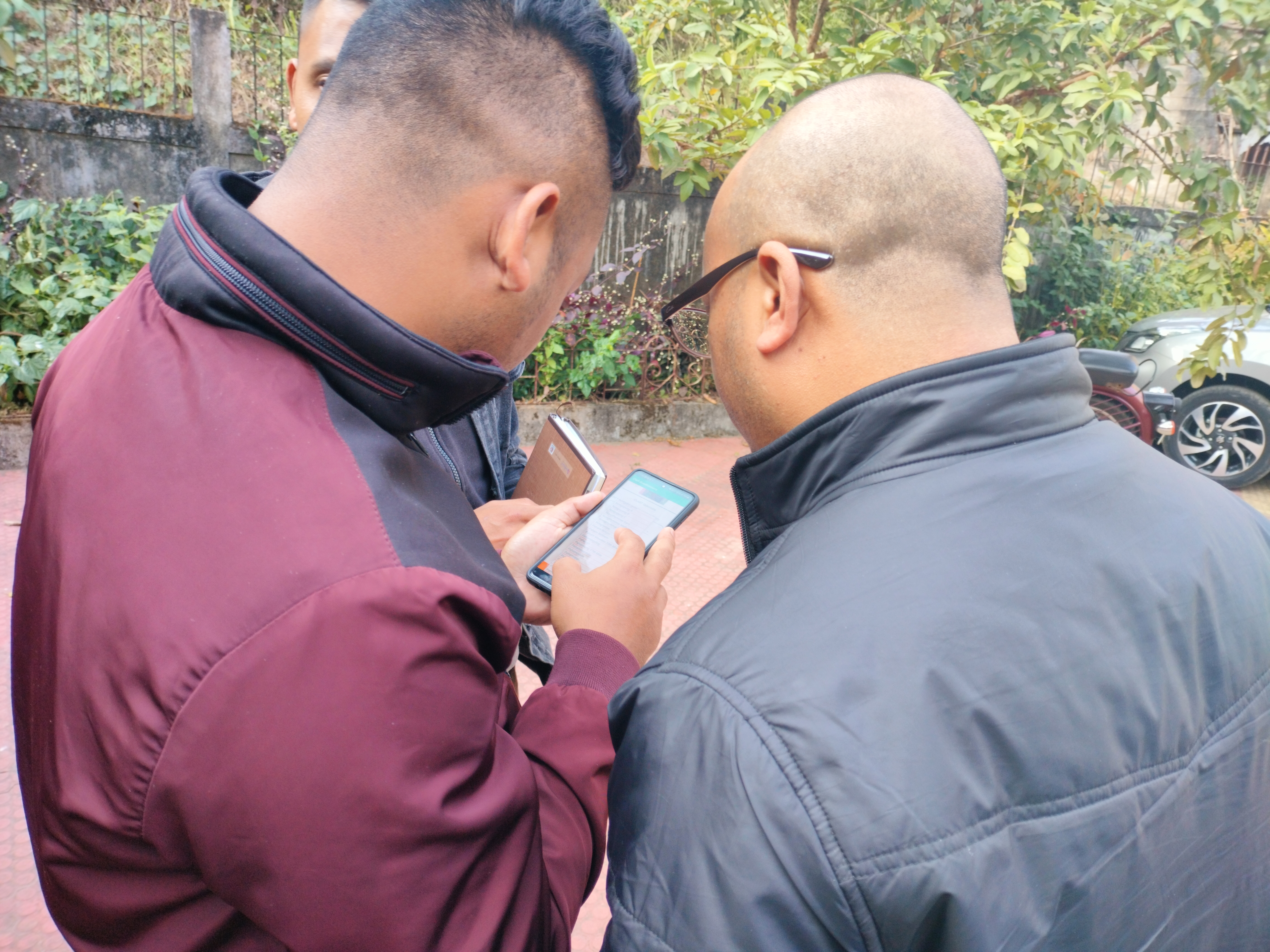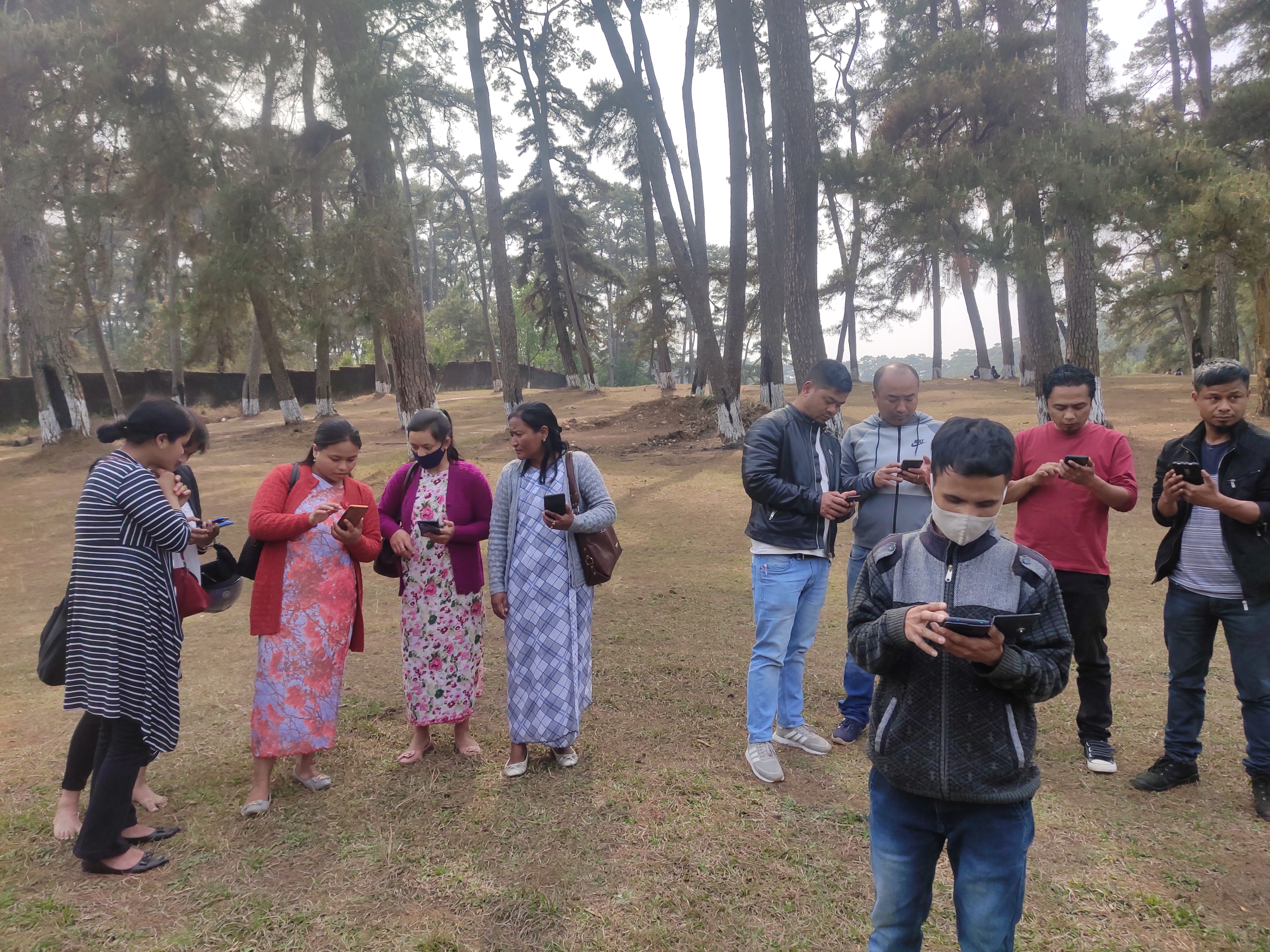
Hailing from Mawtangor village in Meghalaya’s Mawsynram block, Larishisha Pdahsiej has always been keen on supporting her community and being an active participant in the village’s development. When the Government of Meghalaya launched the Strengthening Community Knowledge and Capacity for Improved Natural Resource Management programme, it presented the village communities, especially women like Larishisha, with an opportunity to actively engage and take the lead in Natural Resource Management (NRM) efforts.
This programme, a scale-up of the World Bank-supported Community-Led Landscape Management Project (CLLMP), explored the possibility of building the capacities of individuals from the local communities as Village Community Facilitators (VCFs), who could in turn aid communities across the state to undertake collective, informed NRM interventions.
Though shifting mindsets and habits throughout the community takes time, for women like Larishisha, these interventions, facilitated by the Soil and Water Conservation Department (SWCD), were a welcome step. Nominated by the community and the village officials, Larishisha first underwent a sensitisation session once she was selected to be part of Mawtangor’s three-member VCF team, followed by intensive training on the roles and responsibilities of VCFs.
The training enhanced her understanding of NRM while providing her with hands-on practice with various components of digital tools. Larishisha and the other VCFs were introduced to the Centre of Excellence (CoE), an institute set up by Arghyam, FES, and SOCION in collaboration with the Meghalaya Basin Development Authority (MBDA) to guide the state-wide management of natural resources. Designed to assist VCFs and government functionaries, the institute helps enhance NRM planning using digital tools such as the Composite Landscape Assessment and Restoration Tool (CLART), Participatory Digital Attestation (PDA), and Artefact application.

The training focused on how VCFs could interact with these resources and tools to support village communities in developing informed, appropriate conservation plans. Led primarily by FES, with the SWCD’s support, the initial and all follow-up training incorporated guided monitoring sessions as part of the programme.
“The good part of the training sessions was that women also participated in this process, aimed at strengthening local governance and planning. This rarely happened before, as women were previously not involved in village-level decision-making. They were not considered key decision-makers or contributors in any way to local governance,” says Larishisha Pdahsiej.
After the training, Larishisha, along with her fellow VCFs, Kyntiewdalin Pdahsiej and Ksankupar Pdahsiej, directly engaged with their village community, implementing the tools and their learnings in Mawtangor. They could revisit the training content and other field-specific information using the PDA tool at any stage. Through community-level meetings organised along with the Village Council, Village Employment Council (VEC), self-help groups, and relevant youth groups, the trio communicated the importance of strengthening community knowledge and capacity to improve NRM planning.

The Participatory Rural Appraisal (PRA) exercise, conducted with the community, helped identify the intervention sites. After the necessary site visits, Larishisha's group submitted 11 interventions on the CLART application, including forestry, planting activities, irrigation channels, and gabion wall construction. Following the approval of the interventions, they submitted the village’s complete NRM plan.
With the Data Entry Operator’s support, Larishisha submitted the relevant documents obtained onto the Artefact application for the SWCD’s approval. Mawtangor’s NRM plan included details of nine CLART-approved interventions in addition to the VEC-attested copies of the NRM template and the Green Charter, which entails the village community’s commitment to protecting the environment.
Community engagement, however, was not the smoothest at all times for Larishisha and her fellow VCFs. Though faced with disagreements from some quarters on certain aspects during the planning process, Larishisha’s group, composed of two women VCFs, was empowered by their training to address tough situations and ensure community consensus for all decisions taken. Having led from the front, Larishisha’s active participation as a VCF also helped shift the existing view on women’s role in local governance. The planning sessions, attended by a majority of the village community, especially women, were a good reflection of the same.

“Planning wasn’t easy, as we had to work hard with the community to obtain these details. We are happy that we have been successful. I am proud that women have been at the forefront of the decision-making process and have been able to rally the village community to work together,” says Larishisha Pdahsiej.
As of October 2022, 3,330 VCFs, with 2,136 women among them, have successfully implemented the digital tools in 2,331 villages across 12 districts of Meghalaya (each village works with two to three VCFs). Larishisha and other VCFs will continue to work closely with relevant stakeholders in the state and ensure the implementation of the NRM plans in their respective villages. Besides strengthening community participation in NRM, the programme has nurtured female leaders like Larishisha.
“It has been heartening to witness women from other villages participate actively. I hope we will set a good example and encourage more women to come forward,” says Larishisha Pdahsiej.
/articles/building-capacities-natural-resource-stewardship